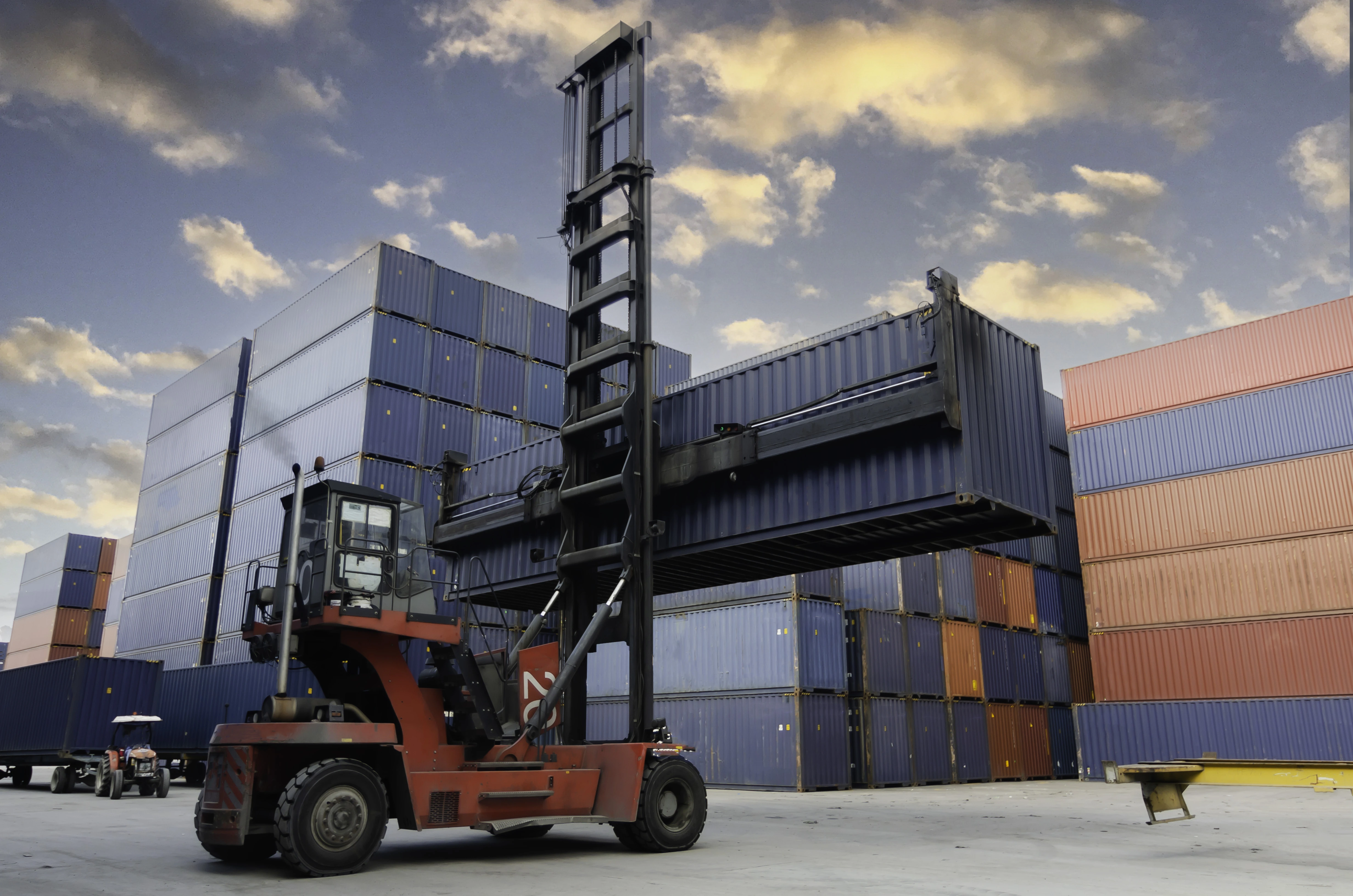Construction Backlog Solutions: Effective Management Strategies
By Alexander BerkovichThe construction industry faces lingering challenges with low backlogs in specific sectors. The projected modest economic growth for 2025 combined with decreased total construction activity from 2024 has resulted in a reduction of contracted work for many contractors. Construction companies at every level face both short-term financial challenges and long-term strategic implications because of this situation.
Backlog in construction refers to the amount of work that a company has committed to but has not yet completed. It is a common issue that arises when new projects start before existing ones are finished. A healthy backlog is the lifeline of any contractor, providing a predictable revenue stream, enabling strategic planning for workforce and resource allocation, and signaling financial stability to investors and clients. A poor backlog, however, can lead to cash flow challenges, reductions in profit margins, difficulty in retaining talent, resource underutilization, and a host of other factors.
Understanding how to manage and mitigate these backlogs is essential for maintaining a steady workflow and ensuring client satisfaction. This article will explore effective strategies for handling backlog issues through improved project management, resource allocation, and other construction backlog solutions.
Spending Trends
The tables below represent the latest available estimates from the U.S. Census Bureau of Construction Spending for the 2024 fiscal year compared to 2023, as well as the year-to-date May 2025 compared to the same period for 2024. These tables show a mixed bag of trends.
Annual Value of Construction Put in Place in the United States
(Millions of dollars. Details may not add to totals due to rounding.)
| Type of Construction | 2024 | 2023 | Percent change |
|---|---|---|---|
| Total Construction | 2,194,752 | 2,076,174 | 5.7 |
| Residential | 940,671 | 881,252 | 6.7 |
| Nonresidential | 1,254,081 | 1,194,922 | 5.0 |
| Lodging | 24,353 | 25,897 | -6.0 |
| Office | 104,374 | 103,158 | 1.2 |
| Commercial | 132,345 | 151,468 | -12.6 |
| Health care | 69,036 | 66,634 | 3.6 |
| Educational | 138,223 | 123,067 | 12.3 |
| Religious | 4,219 | 3,912 | 7.8 |
| Public safety | 18,622 | 14,610 | 27.5 |
| Amusement and recreation | 40,963 | 37,195 | 10.1 |
| Transportation | 65,683 | 65,155 | 0.8 |
| Communication | 29,553 | 28,501 | 3.7 |
| Power | 155,898 | 151,105 | 3.2 |
| Highway and street | 144,406 | 139,746 | 3.3 |
| Sewage and waste disposal | 46,136 | 42,093 | 9.6 |
| Water supply | 32,887 | 28,084 | 17.1 |
| Conservation and development | 11,653 | 11,838 | -1.6 |
| Manufacturing | 235,730 | 202,460 | 16.4 |
| Source: U.S. Census Bureau, Construction Spending, July 1, 2025. Additional information on the survey methodology may be found at www.census.gov/construction/c30/meth.html | |||
Value of Construction Put in Place in the United States, Not Seasonally Adjusted
(Millions of dollars. Details may not add to totals due to rounding.)
| Type of Construction | Year-to-date | ||
|---|---|---|---|
| May 2025 | May 2024 | Percent change | |
| Total Construction | 841,463 | 859,584 | -2.1 |
| Residential | 357,544 | 369,956 | -3.4 |
| Nonresidential | 483,919 | 489,628 | -1.2 |
| Lodging | 9,589 | 9,969 | -3.8 |
| Office | 42,249 | 41,537 | 1.7 |
| Commercial | 48,530 | 56,082 | -13.5 |
| Health care | 27,856 | 27,953 | -0.3 |
| Educational | 52,042 | 51,508 | 1.0 |
| Religious | 1,915 | 1,689 | 13.4 |
| Public safety | 7,812 | 7,250 | 7.8 |
| Amusement and recreation | 16,464 | 15,713 | 4.8 |
| Transportation | 26,014 | 25,354 | 2.6 |
| Communication | 11,579 | 11,786 | -1.8 |
| Power | 64,541 | 65,422 | -1.3 |
| Highway and street | 46,727 | 47,957 | -2.6 |
| Sewage and waste disposal | 18,677 | 16,708 | 11.8 |
| Water supply | 12,882 | 11,969 | 7.6 |
| Conservation and development | 4,398 | 4,455 | -1.3 |
| Manufacturing | 92,645 | 94,276 | -1.7 |
| Source: U.S. Census Bureau, Construction Spending, July 1, 2025. | |||
Typically, larger sectors involving public work including healthcare, education, and transportation are up as well as some private sectors. However, the sector that we have seen most negatively impact our clients is the commercial space due to several factors including high interest rates, tighter lending conditions, and increased costs for materials and labor.
Now that we understand the numbers and trends, we should consider the underlying causes that might be contributing to a contractor's poor backlog performance.
Supply Chain Issues: A primary contributing factor to construction delays is the ongoing disruption in global supply chains. Geopolitical tensions and logistical challenges have played a part in creating project log jams. Key material costs such as steel, lumber, and concrete have seen varying availability even more so now with unpredictable tariffs in the current political climate, leading to unpredictable project timelines and costs. Contractors are often forced to halt progress while waiting for essential materials and supplies, which can delay projects for extended periods of time.
Labor Shortages: This is nothing new in the industry, but the labor issue has become more pronounced in recent years. The aging workforce, combined with a lack of new entrants into the industry has created a significant gap. In this post-pandemic era, similar to many other sectors, the industry has found it difficult to attract new young talent who are increasingly becoming more enticed by hybrid and remote opportunities that the industry just cannot offer.
Cost of Financing: High interest rates have negatively affected certain sectors in the industry, as the rising costs of debt have limited the investment in new projects. While interest rates are expected to begin to fall, the process will be gradual, so high rates will continue to harm backlog for an extended period of time.
Competition: As seen in the above figures, there has been an increased focus on “mega projects” which are large-scale projects typically with budgets exceeding $1 billion for manufacturing facilities, data centers, and infrastructure. These projects can divert labor and resources from smaller projects, potentially impacting contractors who are not involved in these large ventures. Other impacting factors are the usage of union versus nonunion labor which can limit the contract prices that a union contractor can bid on due to decreased margins compared to their nonunion competitors.
Strategies for Managing Backlog Challenges
There are several strategies and solutions that construction companies can implement to effectively address backlog concerns including:
Strategic Project Selection and Bidding: Contractors are becoming more selective about the projects they take on, focusing on those that align with their strengths, offer healthy profit margins, and have realistic timelines. This may involve:
- Avoiding "Survival Bidding": This is the temptation to underbid projects just to secure work in down periods. Negative profit margins are not better than no work. They only compound backlog issues by tying up resources in work that negatively affects the bottom line.
- Conducting Thorough Risk Assessments: Conducting comprehensive risk assessments before bidding, considering potential delays, material availability, and labor constraints.
- Focusing on Niche Specializations: Focus on specific types of projects or markets where you have established expertise and resources. Entering new markets or offering new services often requires specialized knowledge and skills. Without the necessary expertise, there is a risk of poor performance and a damaged reputation.
Cash Flow Management and Forecasting: This is vital to construction companies. Contractors are implementing financial tracking systems to monitor project progress, anticipated revenues, and upcoming expenses in real-time. This includes accurate cost tracking, proactive billing and collections and contingency planning. With years of industry experience, Citrin Cooperman’s dedicated Construction Industry Practice understands the nature of contractors' sales and project cycles. We provide support in assessing project profitability, managing cash flow, and evaluating costs to help contractors sustain a competitive advantage.
Technological and Process Adaptations: Backlog challenges require contractors to examine their technological systems and process improvements. Building Information Modeling (BIM) together with artificial intelligence (AI) and project management software can be used to enhance operational efficiency while detecting potential problems ahead of time. Adopting new technologies requires both funding and training, which can be challenging for smaller contractors. However, with the ongoing labor shortage, it’s important for contractors to take advantage of slower periods to review their systems and improve efficiency through lean construction practices and technological investments.
Construction management software adoption enables organizations to plan projects, schedule tasks, and optimize their resources. Citrin Cooperman’s Digital Services Practice is equipped to assist construction companies with the implementation of effective project management tools to improve operational efficiency. These tools are designed to enable companies to finish projects speedily while decreasing expenses, reducing the financial strain of low backlog.
Strengthening Client Relationships and Communication: Open and honest communication with clients about potential delays and their causes is important. Clients are more likely to send work your way if you have built a solid foundation of trust with them. Provide regular updates on project status, set clear expectations and communicate any issues as soon as possible. Clients appreciate transparency and are more likely to trust you if you are upfront and proactive about finding solutions. Email communications serve their purpose, but nothing beats a good old fashioned lunch meeting. Make time for face-to-face interactions with your valued customers. Even if there is no opportunity in the immediate future, it never hurts to strengthen your relationship for potential opportunities that may arise in the future
Material Procurement Optimization: Strengthening relationships with suppliers, exploring alternative material sources, and leveraging technology for better inventory management to mitigate supply chain disruptions and rising material costs.
Equipment Utilization: Maximize the use of existing equipment and strategically planning rentals to avoid unnecessary costs. Often times equipment is rented for extended periods of time and goes unused at job sites for days at a time. Contractors may benefit from optimizing equipment usage and monitoring usage at other jobs sites where possible.
Collaboration with Other Contractors: Collaboration can be a powerful strategy for construction companies to manage low backlog. By working with other contractors or subcontractors, companies can pool their resources and expertise to take on larger projects or secure contracts that may be beyond their individual capabilities. Collaboration can also help in sharing the cost burden during slow periods and ensuring a steady flow of work for all parties involved.
Marketing and Business Development: During low backlog periods, it is crucial for construction companies to invest in marketing and business development efforts. This includes strengthening their online presence, attending industry events, and networking with potential clients. By actively promoting their services and showcasing their expertise, companies can generate new leads and secure projects even in a competitive market.
How Citrin Cooperman Can Help
Low backlogs can be a test of resilience for construction companies. However, by embracing strategic planning, operational efficiency, technological adoption, and strong relationship management, contractors can not only weather the storm but emerge stronger and more adaptable to future market fluctuations. For more information on effectively managing your construction company’s backlog, reach out to Alexander Berkovich or info@citrincooperman.com.




